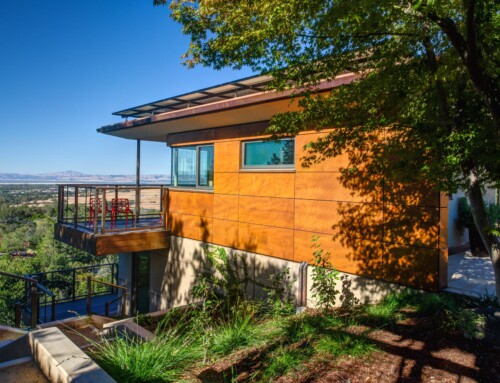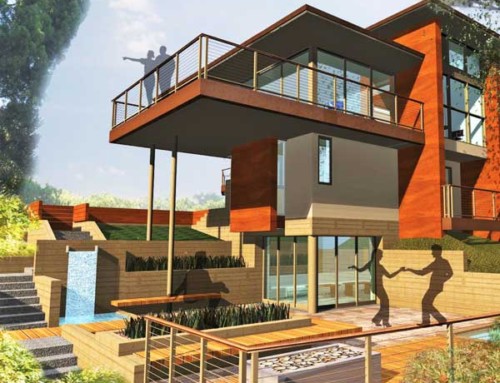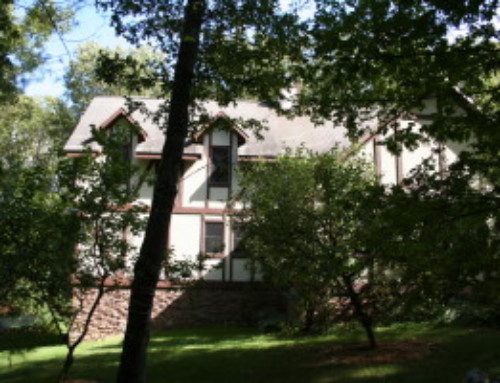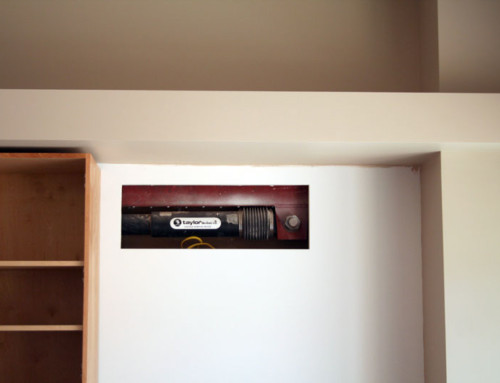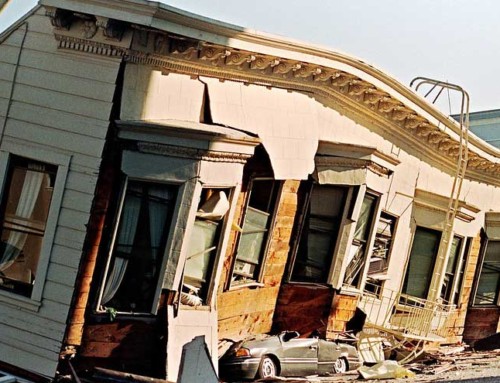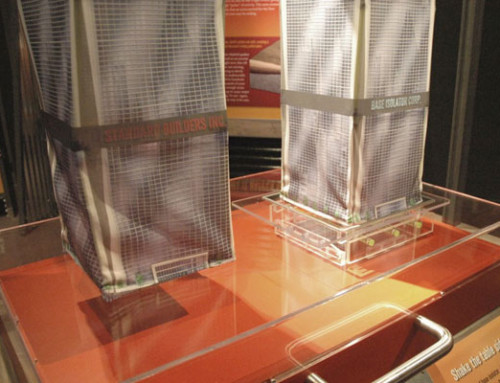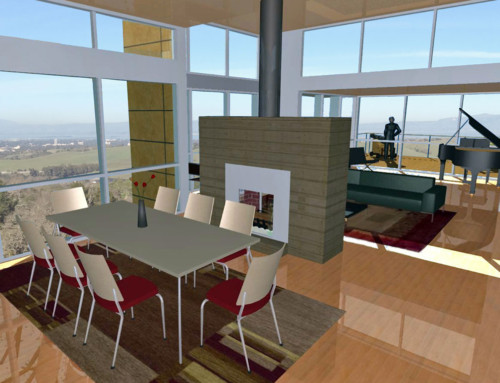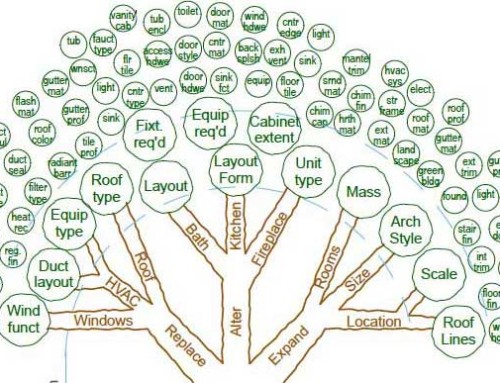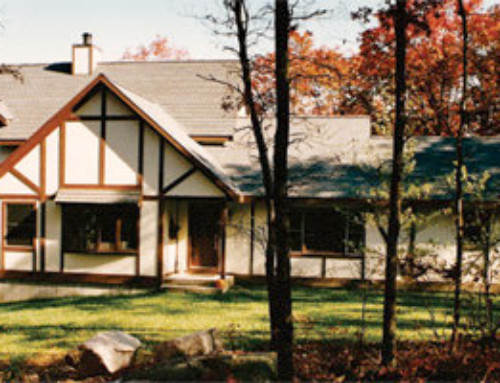Architecture and Music
The great 19th century poet Goethe once compared Architecture and Music, with the following (translated) quote, “Music is liquid architecture; Architecture is frozen music.” I’ve long been fascinated by the relationship between my two favorite art forms. Since this is an architecture blog, it’s no surprise that I’m passionate about our built environment. You may not know however that I’m also an accomplished amateur piano player, starting lessons when I was only 7 years old. There’s a funny story about how I got my first piano that I’ll share sometime if you want to hear it.
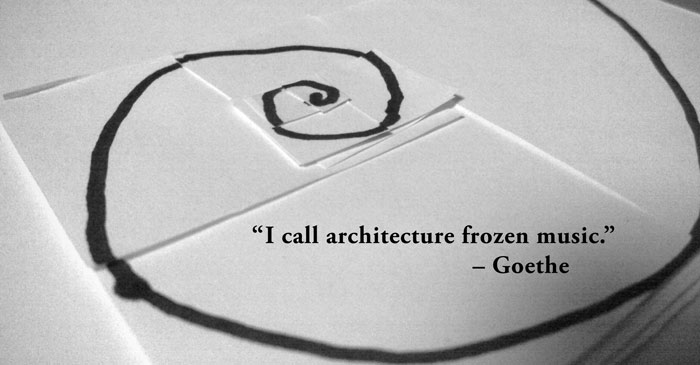
On the surface architecture and music seem so different: one is useful, lasting and solid, the other is fanciful, ephemeral and ungraspable. Beneath the surface however, I believe that these two arts reside at opposite ends of the same field and share many of the same essential elements: form, rhythm, proportion, color, theme and variation. Architecture provides us with a personal encounter of life by shaping spaces, experienced in the flow of time. Music provides a similar encounter by tempering time, experienced in the framework of space. To put Goethe’s quote in more mathematical terms, we can think of the way that architecture and music play with space and time as reciprocals of each other.
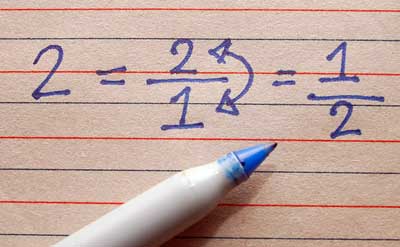
This idea came to me in another way this past New Years Eve. I was watching the PBS presentation “Live from Lincoln Center” featuring the music of George Gershwin. While watching the conductor masterfully direct the myriad instruments and soloists, I thought of Kurt, the Superintendent on the Hillside House, choreographing the movements of workers and material around the site. I realized that the world of making building is a lot like the world of making music.
- The Architect is equivalent to the Composer; the one who receives a commission from the Patron, conceives the vision, gives it form and expression, then develops and refines it into a work of art.
- The blueprints (they’re not actually blue anymore) are similar to the musical score. They are set of graphic and written instructions prepared by the Artist to communicate the ideas, forms, rhythms, colors and relationships of the work.
- The Contractor is similar to the Conductor; the person tasked with executing and interpreting the vision. He also has to select and coordinate a team so that each participant will perform their roles at the proper time and place.
- The Workers are similar to the Musicians in the orchestra. Each is an expert of their own particular trade/instrument, and it is they who actually bring the work to life. And because they are so skilled in their own craft, they can often embellish and improve on the work in ways that not even the Architect/Composer originally thought.
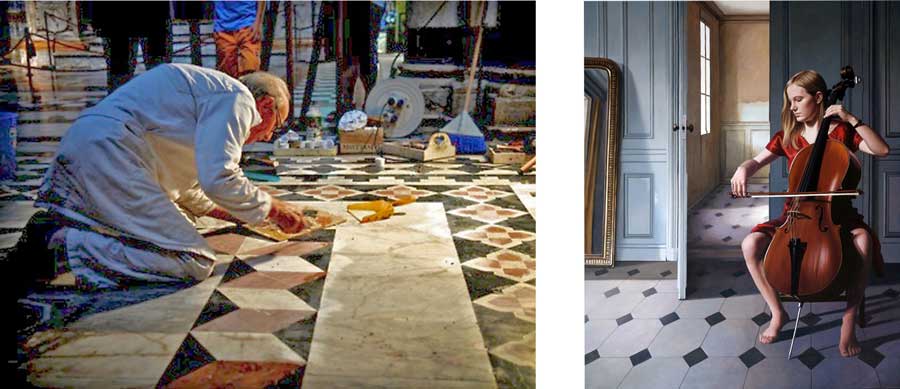
A Tile Setter and “The Cellist” via Paul Roberts Painting
So given the many similarities between Architecture and Music, perhaps someday you will have us compose your next house!
Until next time,


